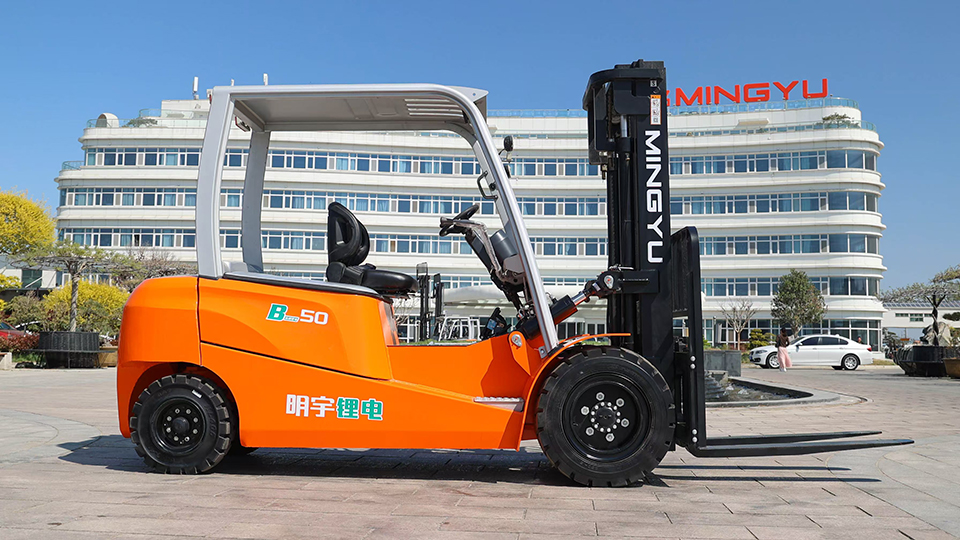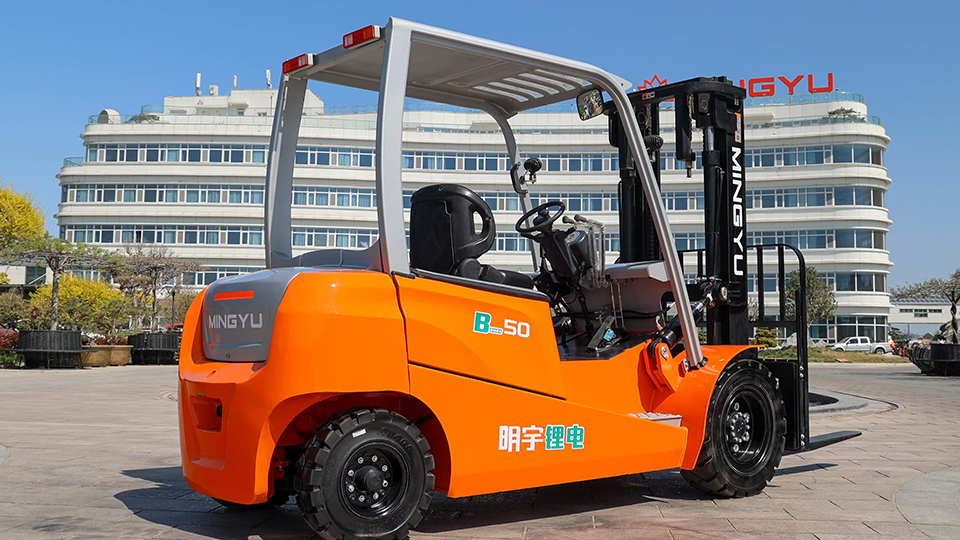
The forklift, an indispensable tool in modern warehousing and logistics, has a rich history that traces back to the early 20th century. Its development was driven by the need for more efficient ways to handle materials in increasingly large and complex industrial settings. But who built the first forklift? This question takes us on a journey through the evolution of material handling technology, highlighting key figures and companies that contributed to this groundbreaking invention.
Early Material Handling Needs
Before the advent of the electrical forklift, warehouses and factories relied heavily on manual labor or rudimentary machinery to move heavy loads. Workers would use pulleys, ropes, and basic carts to transport goods within facilities. However, as industries grew larger and more complex, particularly with the rise of mass production techniques during the Industrial Revolution, there was a growing demand for more efficient methods of moving materials.
One of the earliest solutions came in the form of manually powered platform trucks. These devices allowed workers to push or pull heavier loads than they could manage by hand alone. While these early tools were helpful, they still required significant human effort and had limited capacity for lifting and stacking materials at height.
The Role of Clark Equipment Company

In the early 1900s, several innovations laid the groundwork for what would eventually become the forklift. Among the pioneers in this field was the Clark Equipment Company. Founded in 1903 in Buchanan, Michigan, Clark initially focused on producing axles and transmissions for the automotive industry. However, it was their entry into the material handling sector that would leave a lasting impact.
In 1917, Clark introduced the Tructractor, widely considered one of the earliest forms of the forklift. The Tructractor was a gasoline-powered vehicle designed to haul materials around factories. Although it lacked the lifting mechanism characteristic of modern forklifts, its ability to transport heavy loads efficiently marked a significant step forward in material handling technology.
Evolution Towards Modern Forklifts
Following the introduction of the Tructractor, other manufacturers began developing similar machines with added functionalities. One notable advancement came from Yale & Towne Manufacturing, which in 1923 produced an electric-powered lift truck capable of raising and lowering loads using hydraulic mechanisms. This innovation is often credited as being the first true forklift, incorporating both the transport and lifting capabilities that define today’s machines.
Throughout the 1920s and 1930s, further refinements were made to forklift designs. Engineers worked on improving load capacities, enhancing maneuverability, and integrating various safety features. By World War II, forklifts had become essential equipment in military supply chains, used extensively for loading and unloading ships, trains, and trucks.
Patent Records and Technological Advancements
The development of the forklift was not just a matter of practical engineering but also involved significant legal and intellectual property considerations. Numerous patents were filed throughout the early 20th century, each contributing to the overall design and functionality of these machines. For instance, patents related to hydraulic systems, fork designs, and steering mechanisms all played critical roles in shaping the modern forklift.
One pivotal patent was issued to Harry S. Johnson in 1939 for his invention of a “power-operated lift truck.” Johnson’s design included a telescoping mast system that allowed forks to be raised higher than previous models, significantly increasing the vertical reach of the forklift. Such innovations were crucial in adapting forklifts to meet the demands of growing industries and expanding warehouses.
Pioneering Engineers and Their Contributions
Behind every successful piece of technology are the engineers whose ingenuity and dedication brought ideas to life. In the case of the forklift, several individuals stand out for their contributions:
William C. Harmon: A key figure at Clark Equipment Company, Harmon led the team responsible for developing the Tructractor. His vision and leadership were instrumental in transforming initial concepts into functional prototypes.

Eugene F. Houdry: Though better known for his work in catalytic cracking processes in oil refining, Houdry also contributed to early discussions on how to improve material handling efficiency, influencing some of the mechanical principles behind forklifts.
Harry S. Johnson: As mentioned earlier, Johnson’s work on extending the lifting capabilities of forklifts represented a major leap forward in their utility and versatility.
These engineers, along with countless others, helped pave the way for the sophisticated forklifts we see today.
Impact on Industry and Warehousing
The introduction of forklifts revolutionized industries by dramatically increasing productivity and reducing labor costs. Warehouses could now store goods vertically, maximizing space usage and enabling more efficient inventory management. Additionally, the ability to quickly move heavy loads reduced turnaround times and improved overall workflow within manufacturing plants and distribution centers.
Moreover, the development of specialized attachments for forklifts expanded their applications beyond simple lifting and transporting. Today, forklifts can be equipped with clamps, booms, and other tools tailored to specific tasks, making them even more versatile in diverse environments.
Contemporary Forklift Innovations
Fast forward to the present day, and forklift technology continues to evolve. Modern forklifts incorporate advanced electronics, such as onboard computers and telemetry systems, to monitor performance and optimize operations. Autonomous forklifts, powered by artificial intelligence and robotics, represent the latest frontier in material handling automation, promising further enhancements in efficiency and safety.
Conclusion
The story of who built the first forklift is intertwined with broader narratives of industrial progress and technological innovation. From the early efforts of Clark Equipment Company to the myriad improvements made by subsequent inventors and engineers, the forklift has undergone remarkable transformations. Today, it stands as a testament to human ingenuity, playing a vital role in supporting global commerce and industry. Understanding its history provides valuable insights into how continuous improvement and adaptation have shaped one of the most important pieces of equipment in modern logistics.
Name: selena
Mobile:+86-13176910558
Tel:+86-0535-2090977
Whatsapp:8613181602336
Email:vip@mingyuforklift.com
Add:Xiaqiu Town, Laizhou, Yantai City, Shandong Province, China